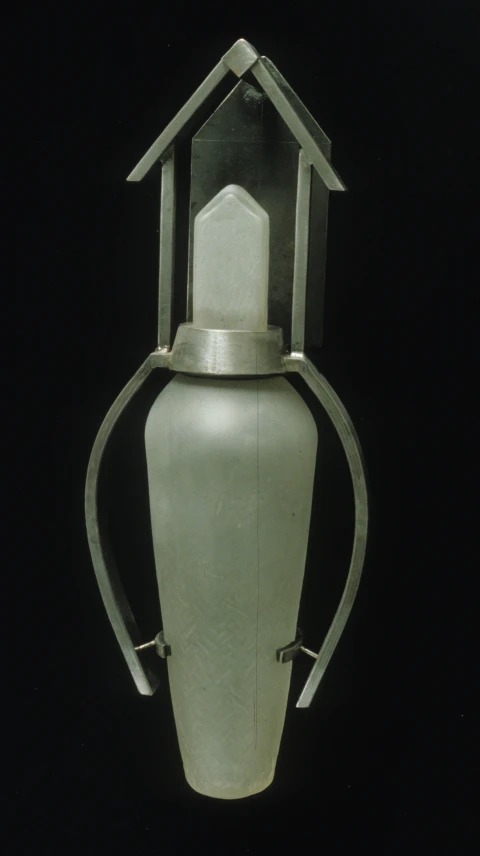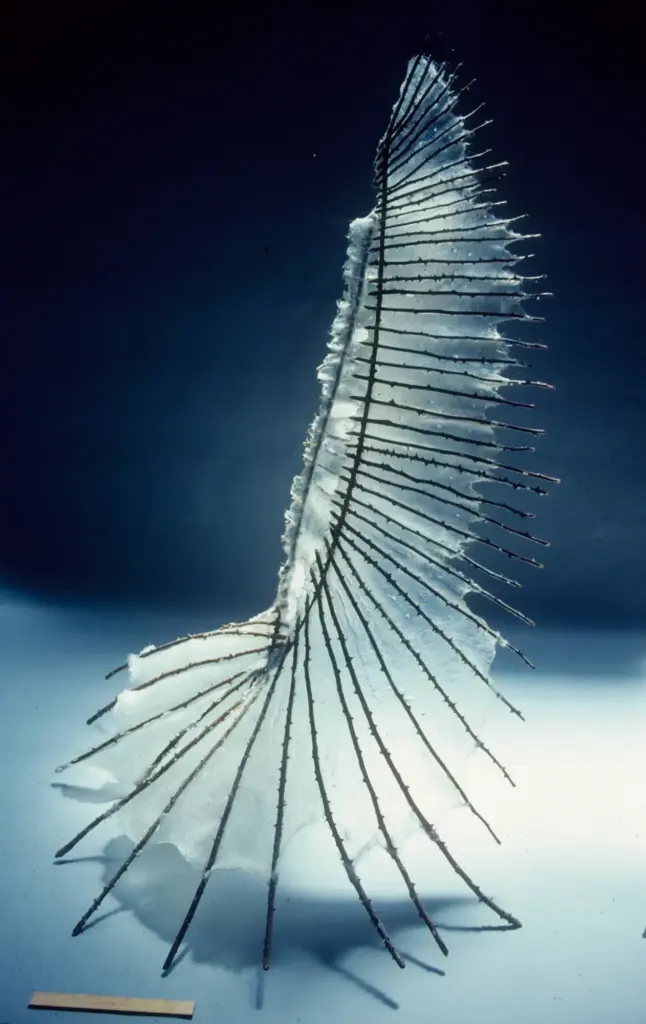enduring themes and social commentary
Bella Feldman’s artistic legacy is deeply intertwined with the powerful and enduring themes she explored throughout her career. Her work consistently engaged with the complexities of the human condition, prompting viewers to confront uncomfortable truths and consider new perspectives.

Tank with Arrows (1992) from the War Toys collection dramatically illustrates the weapon-as-toy concept.
One of the most prominent threads in her oeuvre is her incisive social commentary, most notably articulated in her renowned “War Toys” series (begun 1992). Created in response to the Gulf War, these sculptures utilize the jarring juxtaposition of playfulness and menace to critique society’s dangerous fascination with warfare. By rendering instruments of destruction in a manner reminiscent of children’s toys, Feldman stripped them of their power and exposed the underlying absurdity of conflict. The contrast between the cold, industrial steel and the often brightly colored yet fragile glass further underscored the precariousness of life amidst violence.

Persona (1997) showcases some of the early glass work that evokes a sense of contained narratives and delicate forms.
Beyond the overtly political, Feldman’s work also delved into more introspective and metaphorical realms. Her later “Flasks of Fiction” series (begun late 1990s) moved towards an exploration of containment, narrative, and the delicate nature of human experience. Inspired by lanterns in Turkish mosques, these pieces featured fluid glass forms held within intricate steel structures. The “flasks” can be interpreted as vessels holding stories, emotions, or the fragile aspects of our inner lives. The tension between the yielding glass and the rigid metal speaks to the delicate balance between our inner world and external forces.
Earlier in her career, during the late 1970s, Feldman explored the possibilities of fiberglass. While distinct from her later steel and glass combinations, these works often featured layered, translucent forms that hinted at themes of fragility and transformation. They demonstrated an early interest in exploring the interplay of light and shadow and the potential for creating ethereal, almost organic structures. While not as overtly thematic as her later series, these works contributed to her ongoing exploration of vulnerability and the ephemeral nature of existence.

Cilia (1980) explores the concept of fragility and the interplay between light and shadow.
Ultimately, Bella Feldman’s enduring legacy lies in her ability to weave together personal experience and keen observation of the world into powerful sculptural statements that continue to resonate with contemporary audiences. Her fearless engagement with complex themes ensures her place as a significant voice in modern art.